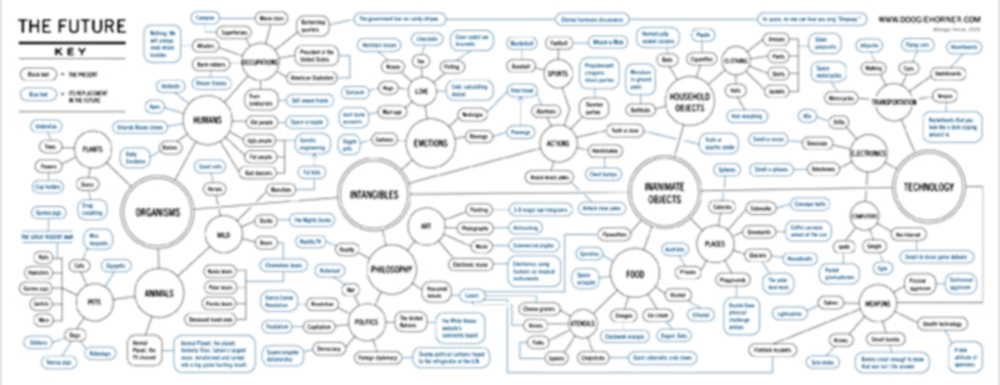A (simple?) Goal
As we are finalizing Ascendant, one thing in the back of our collective minds was to try and to create a game that was “easy to learn, but takes a lifetime to master.” Ok, so maybe we don’t need it to take a lifetime to master, but we wanted something that offered replayability and a number of possible winning strategies (i.e. depth). In that regard, we had to make a system with multiple mechanics that interact with and support each other (i.e. complexity).
The Game Status
We’ve been working on the game for some time now, and its current design is very different than what we started with. That being said, I have to say that I’m quite happy with the game as it stands. We now have a game that can be learned relatively quickly (new players get it after a few turns), and the mechanics of the game support each other quite well. We have what I think is depth. In that design for depth, we have been trying to limit complexity as much as possible while keeping the experience of the game intact. We have resisted the urge to create new rules to handle corner cases of how the system interacts with itself and with players. We have streamlined the phases of the turn to keep what is necessary for the game while eliminating what some saw as extraneous. We actually removed an entire phase of the turn (voting), as the depth it added was insufficient for the complexity that it required.
We’ve made a lot of changes to limit complexity. But we hope we haven’t removed any depth.
The “Theory”
Thinking of this from a very analytical point of view, every mechanic you add to a given game design increases both the depth and the complexity. However, they likely add differing amounts of each. Thinking of this like a business, depth is your revenue and complexity is your cost, and the one thing you don’t want is your costs to be higher than your revenue.
At the top of the page you see a chart that illustrates the point. The blue line represents depth, and the green complexity, with each point being a new mechanic added over time. It’s a simplistic example/graph, but I think it illustrates my point. Eventually, all the mechanics that get added into a game overcome the depth and you end up having something that is more complex, but less engaging and fun.
Diminishing Returns
The trick is to find the sweet spot. That isn’t news, I realize, but sometimes it is important to keep the simple things in mind, particularly as your game gets more complex. Be wary of the point where you have diminishing returns from efforts to overcome corner cases or minor imbalances. Look for other answers, and don’t just create more rules or mechanics to compensate for design flaws.
If an idea requires complexity to make it work within your game concept, then it might not be the right idea. Furthermore, if your rules require a complex flowchart, it might be time to start over.

